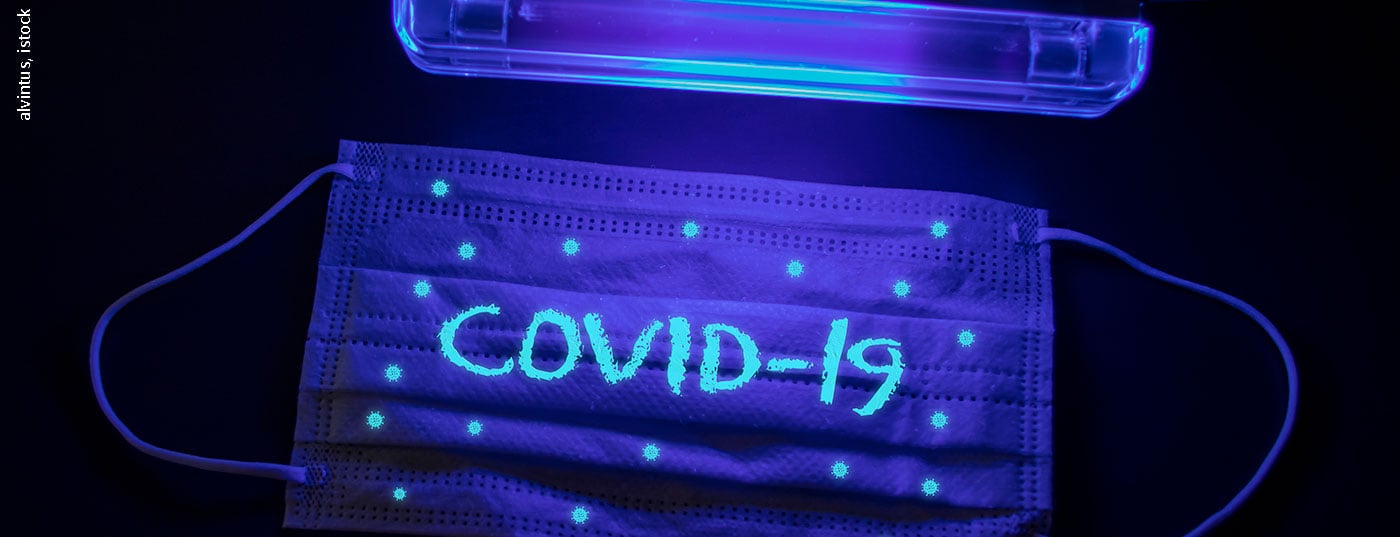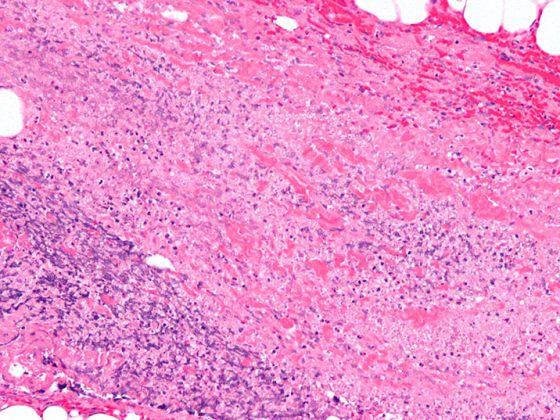Researchers at the Solid State Lighting & Energy Electronics Center at the University of California are developing ultraviolet LEDs that can be used to decontaminate surfaces that have come into contact with the Covid 19 virus.
While vaccines, therapies and cures are being sought worldwide, disinfection, decontamination and isolation are the few weapons already available in the fight against coronavirus. Promising results have been achieved with the help of UV light: SSLEEC member company Seoul Semiconductor reported “99.9% sterilization of coronavirus (COVID- 19) in 30 seconds” with their UV LED products in early April. Their technology is currently used for automotive applications in UV LED lamps that sterilize the interiors of unoccupied vehicles.
As a technology, disinfection with ultraviolet light has been around for some time. Even before the outbreak of the COVID-19 pandemic, materials scientists at SSLEEC were already working to advance UV-C LED technology. Portable, fast-acting water disinfection was among the main applications the researchers had in mind when they developed their UV-C LED technology. The durability, reliability and small form factor of the diodes would play a critical role in less developed areas of the world where clean water is not available. The emergence of the COVID-19 pandemic has added another dimension. UV-A and UV-B – the types we commonly receive on Earth thanks to the sun – have important uses, but the rare UV-C is the ultraviolet light of choice for purifying air and water and inactivating microbes. These can only be generated via artificial processes. “UV-C light in the 260 to 285 nm range, which is most relevant to current disinfection technologies, is also harmful to human skin. Therefore, it is currently used mainly in applications where no one is present at the time of disinfection,” explained Christian Zollner, PhD student at the University of California.
The World Health Organization warns against using UV disinfection lamps to disinfect hands or other skin areas – even brief exposure to UV-C light can cause burns and eye damage. According to Zollner, “many technological advances are needed for UV LEDs to realize their potential in terms of efficiency, cost, reliability and lifetime.” In addition to UV-C for water treatment purposes, UV-C light could be incorporated into systems that turn on when no one is present, Zollner said. “This would be a cost-effective, chemical-free and convenient way to clean public, retail, personal and medical spaces.”
Source: University of California, Santa Barbara (USA), www.news.ucsb.edu
DERMATOLOGIE PRAXIS 2020; 30(2): 21 (published 4/24/20, ahead of print).











